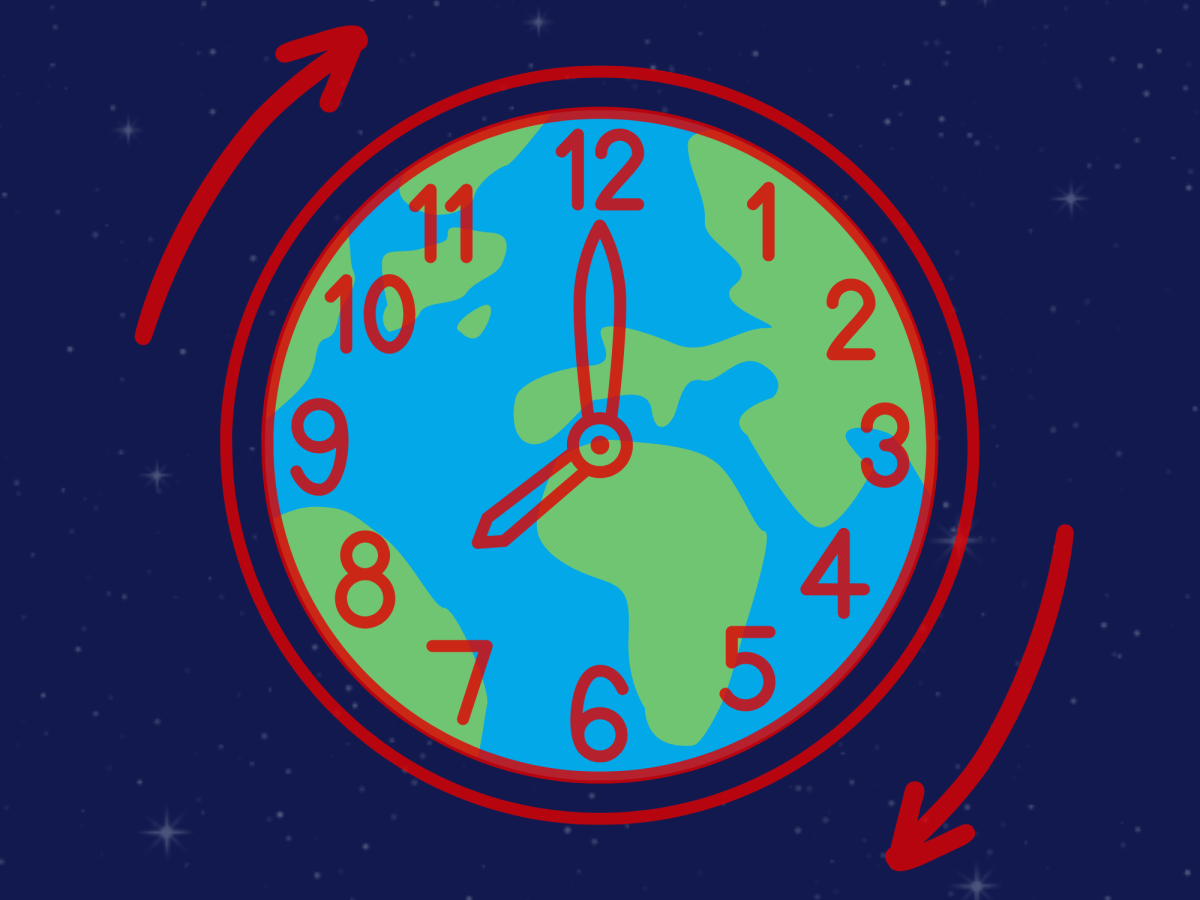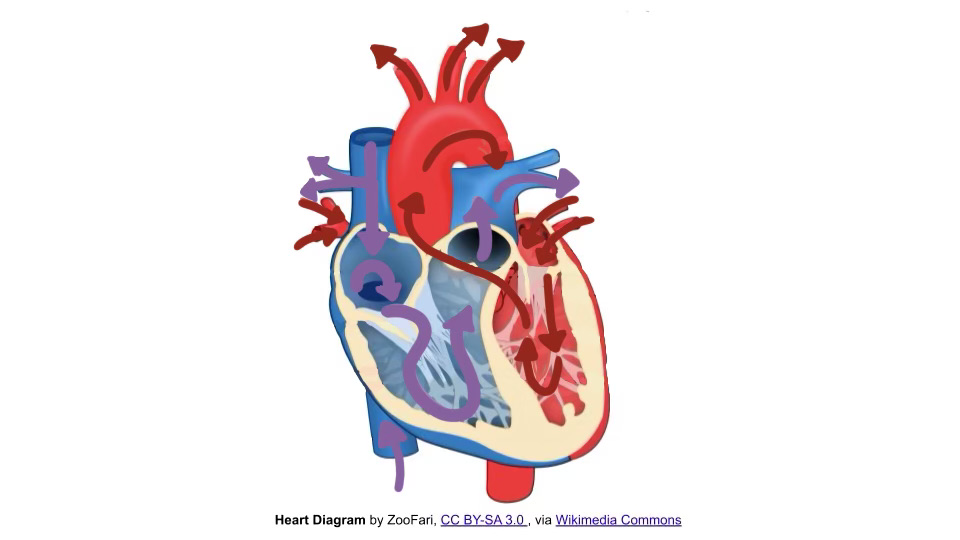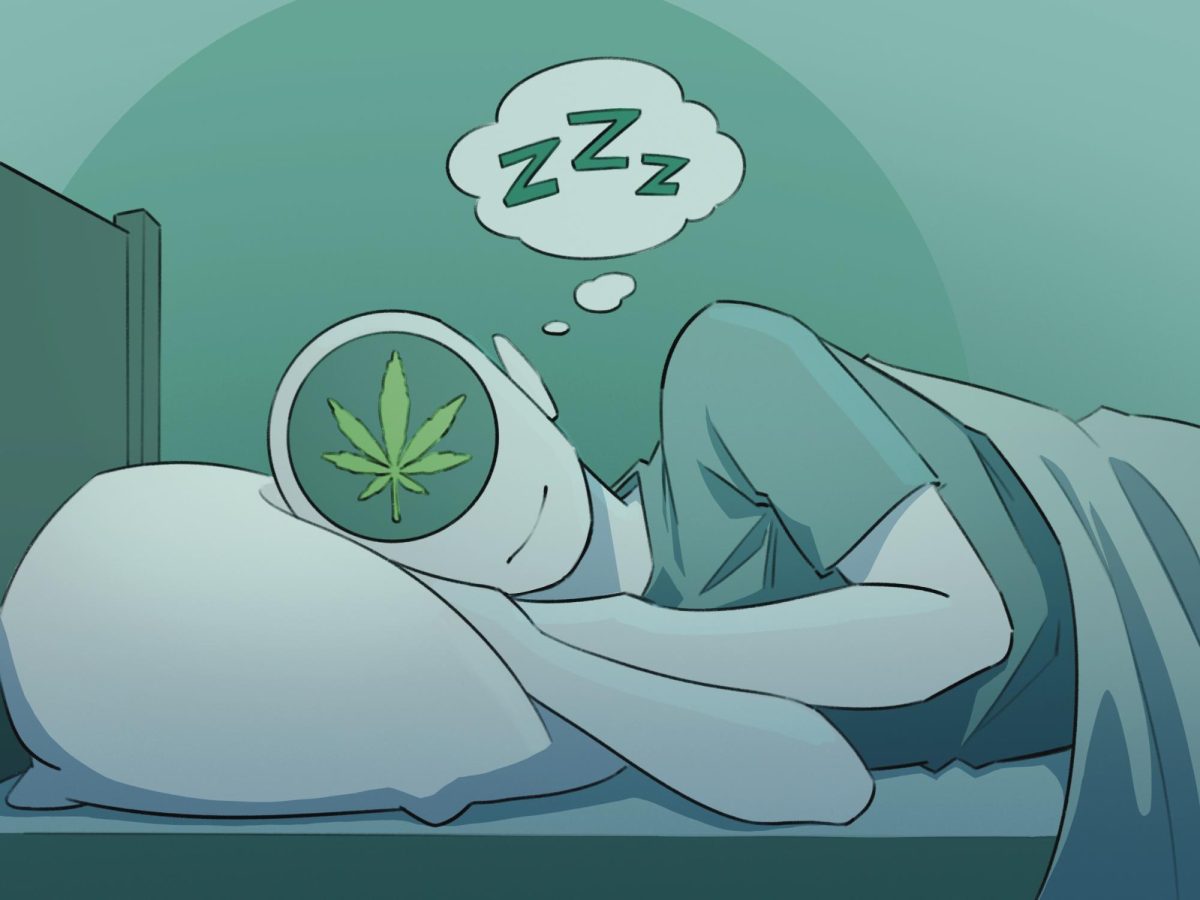Shifts in polar ice levels due to global warming are slowing down the earth’s rotation to such an extent that it’s changing how time will be measured in the near future.
A study led by Duncan Agnew, geophysicist and professor at the University of California, San Diego, analyzed data received from satellite images and concluded that clocks will soon have to include a “negative leap second” to account for the changes brought about in polar ice cap levels.
The mechanism of action behind this is that, as polar ice melts, there’s less mass at the earth’s poles and the water that gets displaced becomes assimilated into the ocean and distributed throughout the globe. This change in mass distribution slows down the earth’s rotation.
“If you have a skater who starts spinning, if she lowers her arms or stretches out her legs, she will slow down,” Agnew told NBC News. “But if a skater’s arms are drawn inward, the skater will twirl faster.”
Adding a second is not an entirely unusual thing to happen.
Before 1955, a second was defined as a “specific fraction of the time the Earth took to rotate once in relation to the stars.” However, with the advent of atomic clocks, a second came to be measured more precisely and this new measurement based on atomic clocks was used to arrive at the coordinated universal time that is used to differentiate time zones from each other.
Because the speed of the earth’s rotation isn’t exactly constant and is speeding up due to changes in the earth’s core, a “leap second” gets added every so often to realign the two measurements.
However, this is the first time a second will have to be removed from the clock. This may not seem like much on its own, but the computing systems that much of the world relies on will be affected. Computing systems rely on calculations made in a mere thousandth of a second.
Though adding a second is easy enough, taking away a second is something not many systems are built or adapted to do. There will need to be a reprogramming of many computing systems, and with this reprogramming comes the potential for error.
“UTC as now defined will require a negative discontinuity by 2029. This will pose an unprecedented problem for computer network timing,” . “If polar ice melting had not recently accelerated, this problem would occur 3 years earlier: global warming is already affecting global timekeeping.”









